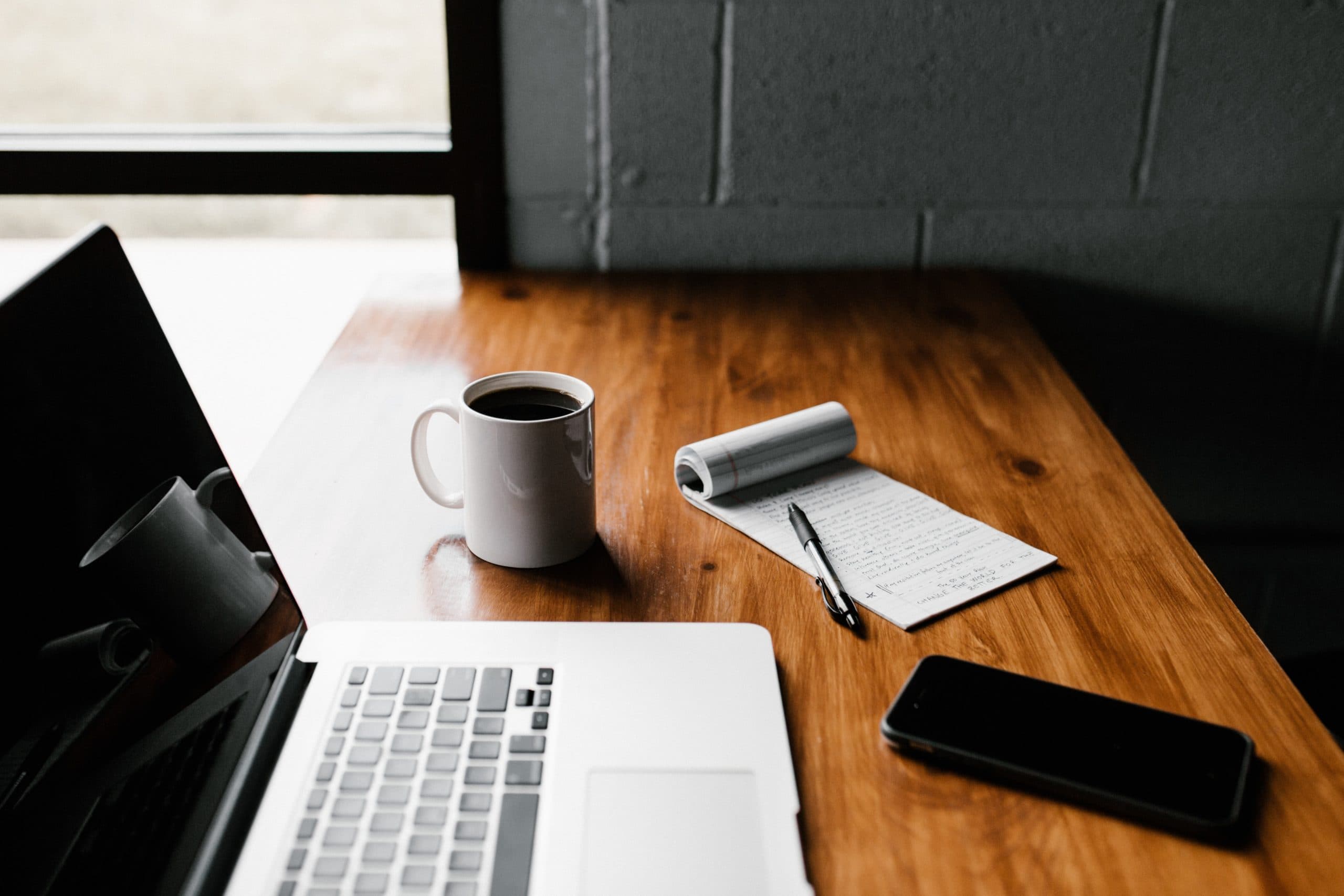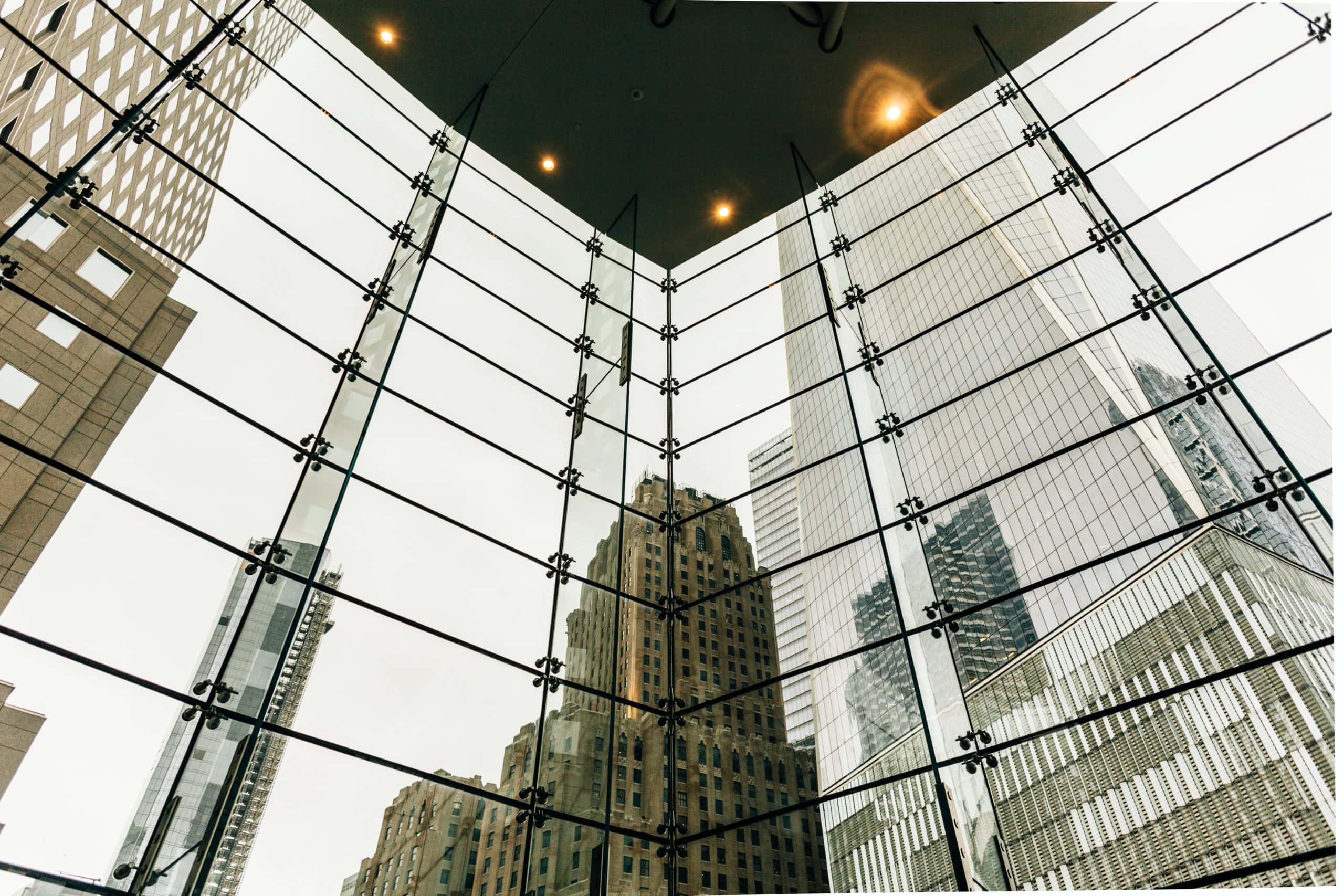The pandemic is keeping you home? Here’s how you can get fit and stay healthy
Most of us would know that exercise is essential in our daily lives, but to know the exact reason behind its importance, we would need to look within ourselves; the human anatomy. Based on the evolutionary perspective, humans were made to run, hunt, and attack to survive. It is only recently that we have become more inactive and stationary, as most of us live sedentary lifestyles, and work in offices for 9 hours a day. Our sedentary lifestyles may eventually take a toll on us, but that may be overcome with exercise.
Based on the evolutionary perspective, humans were made to run, hunt, and attack to survive. It is only recently that we have become more inactive and stationary, as most of us live sedentary lifestyles, and work in offices for 9 hours a day. Our sedentary lifestyles may eventually take a toll on us, but that may be overcome with exercise as research has suggested that exercise promotes positive mood and sleep, strengthens muscle and bone, and reduces weight, pain, and risk of chronic diseases.
Benefits of Regular Exercise
Exercise is any bodily activity that enhances or maintains physical fitness, overall health, and wellness. The benefits include:
- Increase in Happiness
- Alleviate stress through the increasing production of endorphins, which is a type of hormone known to produce positive feelings.
- Weight Reduction
- Exercise is crucial in supporting fast metabolisms by burning more calories per day and maintaining muscle mass for further weight loss.
- Bone Strengthening
- Weighted physical activity aids in building muscles and strong bones, which may also prevent conditions such as osteoporosis.
- Increase in Energy Levels
- Engaging in regular physical activity alleviates fatigue through the release of hormones and strengthens the circulation and heart muscle.
- Reduce the Risk of Chronic Diseases
- Daily physical activity not only enables the maintenance of a healthy weight, but also improves brain and heart health, which are essential in preventing diseases.
- Promotes Sleep Quality
- Regular physical activity, regardless of whether it is aerobic, or a combination of aerobic and resistance training can help you sleep better during the night which allows one to feel more energized during the day.
- Pain Reduction
- Exercise has favourable effects on pain that is associated with various medical conditions. On the other hand, exercising can also increase pain tolerance and decrease pain perception.
Four different types of exercise
- Aerobic (Endurance) Exercises
Aerobic exercises, the main component of fitness programs, increase your rate of breathing and heart rate. This type of exercise not only aids in developing endurance and healthy lungs, but it also assists in preventing diabetes and heart disease. Some common aerobic activities include, jogging, playing football, biking, and swimming
- Strength Exercises
These are important for keeping your bones and muscles strong, and assisting older adults in maintaining their independence. Strength training is beneficial in reducing falls and enables individuals to perform everyday activities that require lifting, such as carrying groceries. Some examples of strength training include using resistance machines at the gym, resistance bands or lifting free weights, but these can be replaced with items at home such filled water bottles, food cans, or even filled bags.
- Flexibility Exercises
Flexibility exercises allow your body to be limber through the stretch of your muscles which then enables a wider range of motion. This is important because conditions such as arthritis often limit the range of motion, so flexibility exercises may lessen or prevent similar conditions. Some exercises to improve your flexibility include Yoga, Pilates, or simply bending forward to touch your toes while standing or sitting.
- Balance Exercises
Practising and improving balance is essential for older adults because it can strengthen the body’s core which assists in reducing the risk of falls. Examples include Heel-to-toe walking, standing on one foot, and practising tai chi poses.
Last but not least, here’s how to get exercise refresh your space while social distancing at home for COVID-19:
Special appreciation to DBC Physiotherapy Centre
Download the publication at the right sidebar to read more.
Photo by Victor Garcia on Unsplash

 4.8
4.8 





















